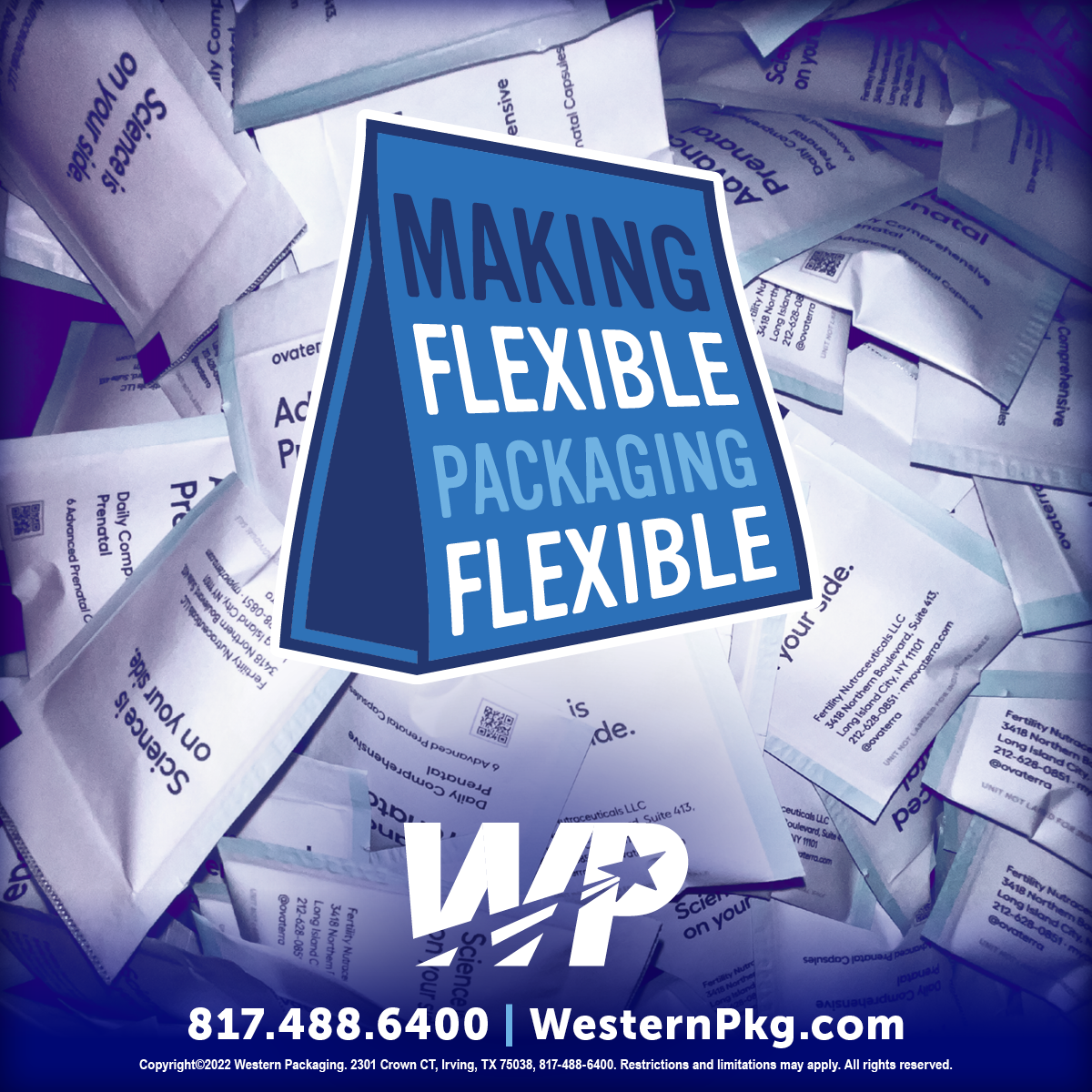In today's fast-paced world, the packaging industry has evolved considerably to meet the demands of businesses and consumers alike. Flexible packaging is one such innovation that has taken the market by storm. It is a versatile, lightweight, and cost-effective solution with many benefits over traditional rigid packaging.
In this article, we will explore some of the advantages of flexible packaging that businesses should consider when deciding on the most appropriate packaging solution for their products.
Sustainability
Sustainability is essential for businesses as consumers become more environmentally conscious and demand eco-friendly products. Flexible packaging has a lower carbon footprint than traditional packaging solutions, making it an ideal choice for businesses looking to reduce their environmental impact.
Flexible packaging requires less energy and resources to manufacture than rigid packaging, resulting in a lower carbon footprint. Additionally, flexible packaging is often recyclable, making it an environmentally friendly option.
Lightweight
One of the main advantages of flexible packaging is its lightweight nature. Flexible packaging solutions are up to 80% lighter than rigid packaging, making them easier to transport and reducing transportation costs.
This primarily benefits businesses that ship products over long distances or internationally. The lower weight also means that companies can transport more products per shipment, reducing transportation costs.
Versatile
Flexible packaging is highly versatile and can be customized to meet the specific needs of businesses. It can be designed in different shapes and sizes, making it an excellent choice for various products.
This versatility also allows businesses to create unique and eye-catching packaging to help their products stand out on store shelves. Additionally, flexible packaging can be printed with branding and product information, providing an excellent opportunity for businesses to showcase their brand and communicate product information to consumers.
Cost-effective
Flexible packaging is often more cost effective than traditional rigid packaging solutions. The manufacturing process for flexible packaging is less complex and requires less material, reducing production costs.
Flexible packaging is also space-efficient, allowing businesses to store more products in a smaller space. This can result in lower storage costs for businesses.
Convenience
Flexible packaging is incredibly convenient for both businesses and consumers. It is easy to open and close, making it ideal for products that require frequent use.
Flexible packaging is also tamper-evident, assuring consumers that the product has not been tampered with. Additionally, flexible packaging often has a longer shelf life than traditional packaging solutions, reducing the risk of product spoilage.
Barrier protection
Flexible packaging provides excellent barrier protection against moisture, oxygen, and light, helping to extend the shelf life of products. This is especially beneficial for food products, as it can help to preserve their freshness and flavor for longer.
Customizable sizes and shapes
Flexible packaging can be customized to meet the specific needs of businesses. It can be designed in different shapes and sizes, making it an excellent choice for various products.
Customizable packaging also allows businesses to create unique and eye-catching packaging to help their products stand out on store shelves.
Conclusion
Flexible packaging is an excellent choice for businesses looking for a sustainable, versatile, cost-effective, and convenient packaging solution. Its customizable sizes and shapes, barrier protection, and branding opportunities make it an ideal choice for a wide range of products.
With the growing demand for eco-friendly and sustainable products, businesses can benefit from switching to flexible packaging, reducing their environmental impact, and appealing to the environmentally conscious consumer.

